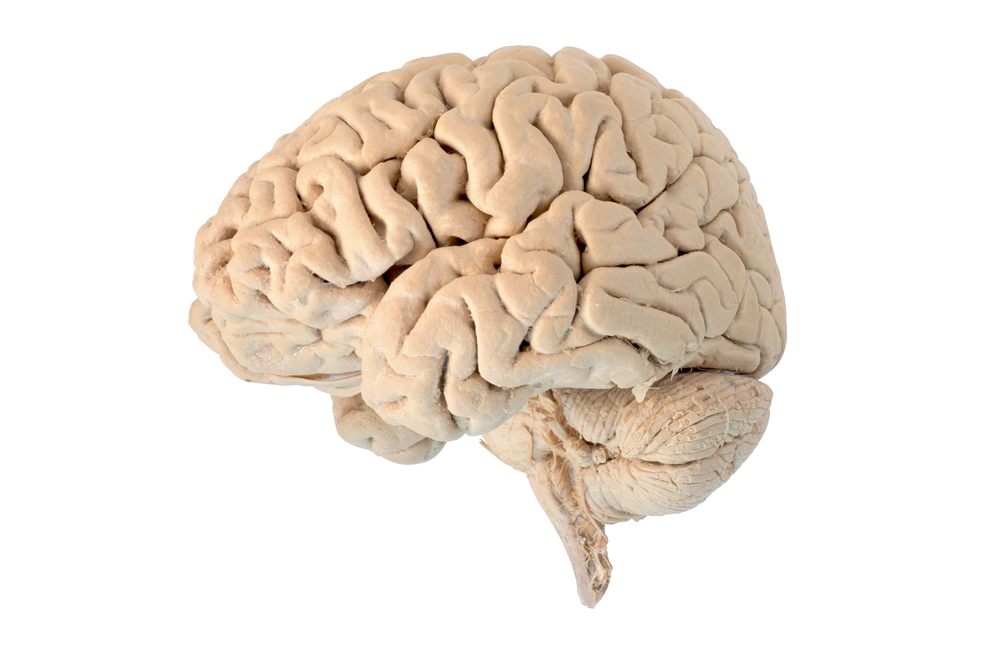Researchers Develop Complete Human Brain Model In The Lab To Study Alzheimer’s Disease
Written by |

This week, Ohio State University (OSU) researcher, Dr. Rene Anand, PhD, MS whose laboratory is focused on studying how genes and the environment interact to increase susceptibility to neurodevelopmental, neuropsychiatric and neurodegenerative disorders in an effort to develop brain organoids (three-dimensional organ-bud grown in a laboratory) to study autism, drug addiction and Parkinson’s disease, revealed his team developed a nearly complete human brain that equals the brain maturity of a 5-week-old fetus.
The presentation took place during the 2015 Military Health System Research Symposium in Ft. Lauderdale, Florida on Tuesday August 18, and highlighted the laboratory grown organ’s functioning neurons, as well as normal chemical signalling activity, using high-resolution imaging technology.
In a University press release , Dr. Anand, stated, “It not only looks like the developing brain, its diverse cell types express nearly all genes like a brain. We’ve struggled for a long time trying to solve complex brain disease problems that cause tremendous pain and suffering. The power of this brain model bodes very well for human health because it gives us better and more relevant options to test and develop therapeutics other than rodents.”
Dr. Anand, added “In central nervous system diseases, this will enable studies of either underlying genetic susceptibility or purely environmental influences, or a combination. Genomic science infers there are up to 600 genes that give rise to autism, but we are stuck there. Mathematical correlations and statistical methods are insufficient to in themselves identify causation. You need an experimental system – you need a human brain.”
RELATED :Alzheimer’s Disease Brain Deficits Reversed in Mouse Model By Yale School of Medicine
The organoid was developed using stem cells, which are unspecialized cells capable of renewing themselves through cell division that under certain physiologic or experimental conditions can be induced to become tissue- or organ-specific cells with special functions. It took Dr. Anand and his team about 15 weeks to create the model that matched the 5-week-old fetal human brain.
Dr. Anand, explained “Once a cell is in that pluripotent state, it can become any organ – if you know what to do to support it to become that organ. The brain has been the Holy Grail because of its enormous complexity compared to any other organ. Other groups are attempting to do this as well. We provide the best possible environment and conditions that replicate what’s going on in utero to support the brain.”
Dr. Anand and his team plan to utilize the information gleaned from their laboratory brain model to launch their own private projects (outside of the OSU), creating brain organoid models of Alzheimer’s and Parkinson’s diseases and autism in a petri dish. The military is interested in this research for its potential in offering new ways to study Gulf War illness, traumatic brain injury and post-traumatic stress disorder.





